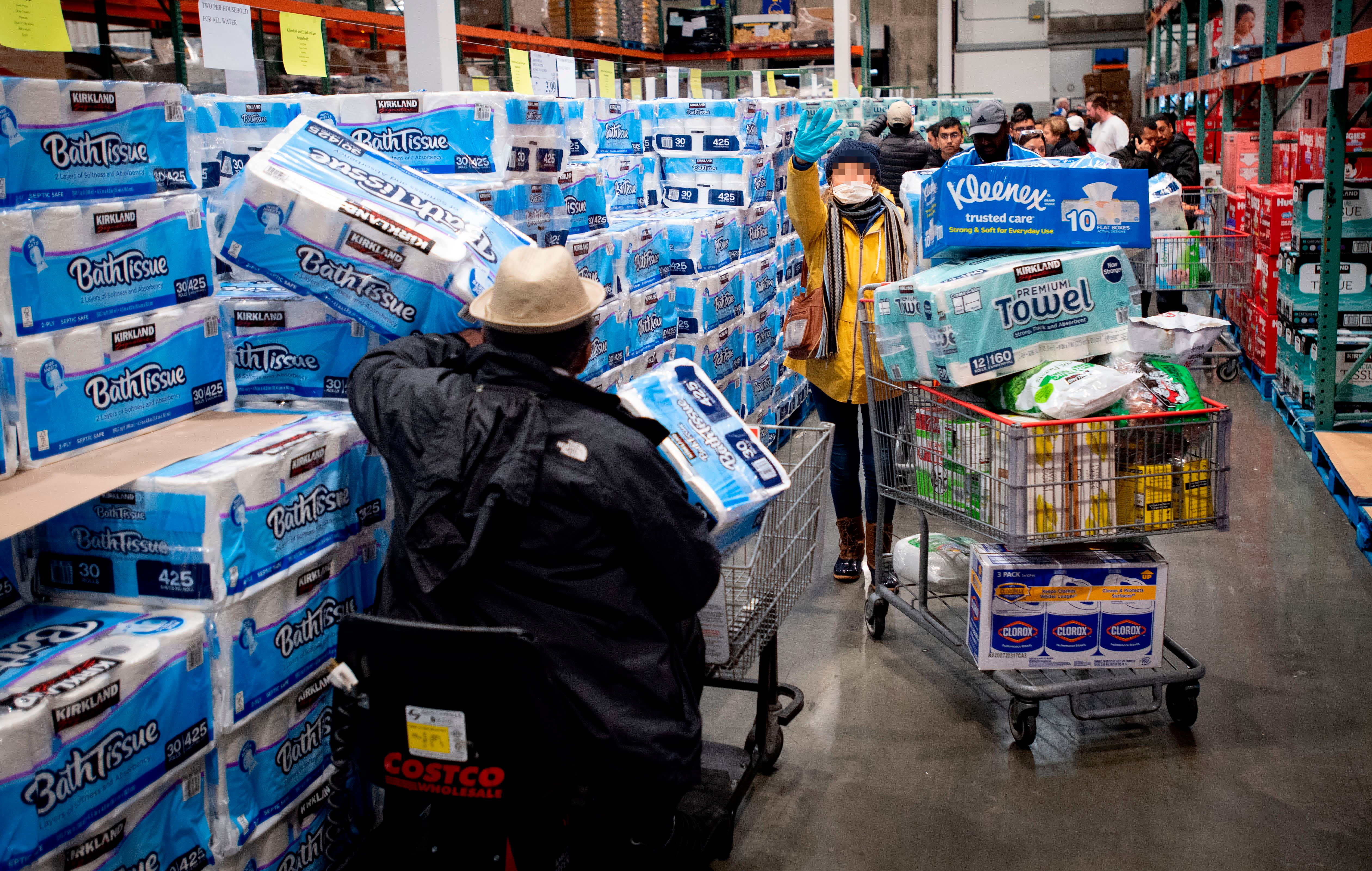You may not realize it, but you could be getting less for your money when you buy some products.
Meghan Block of Weymouth, Massachusetts, is a mother of three, the CEO of BostonMoms.com and the grocery shopper in the family.
"Honestly, our grocery budget is through the roof," said Block. "We couldn't decide if that was a product of growing kids or increasing prices, but recently, we noticed on cereal specifically that the boxes had changed in size."
Cereal boxes that always fit in her pantry were suddenly too tall.
Get New England news, weather forecasts and entertainment stories to your inbox. Sign up for NECN newsletters.
"I looked at the ounce count, and it's actually less cereal in a bigger box," she said.
She's noticed other product changes, too.
"A lot of pastas are no longer a pound in a box, and if you're feeding a family, that little bit of pasta makes a difference," she said. "Yogurt is now a smaller container … and cans of tuna, often you can't even get, like, two sandwiches of tuna out of it anymore."
Edward Dworsky, a longtime consumer advocate and former Massachusetts assistant attorney general in consumer protection, has been tracking shrinking products for years.
"Downsizing has been around for decades," said Dworsky. "That's basically when a manufacturer decides to give you a little bit less in the product as opposed to raising the price directly to the consumer. It's a sneaky way to pass on a price increase, though."
Dworsky says downsizing is cyclical and he saw a wave of it recently, posting pictures of recent product changes he noticed on his website, ConsumerWorld.org.
More consumer news
He says General Mills downsized several varieties of cereal.
"Apple cinnamon Cheerios when from 20.1 oz. down to 19 oz. So you lost a bowl of cereal in each box, and so you say 'Well, what's a bowl of cereal?' Well, if you do the math, that's about 27 cents that you've lost," he said.
Dworsky posted photos of Quaker instant oatmeal down from 10 to eight packets a box, Tostitos Hint of Lime chips shrinking from 13 oz. to 11 oz., Gold Peak Tea down from 64 to 59 oz., Tresemme shampoo going from 22 oz. to 20 oz. a bottle, and Ziploc removing four bags from its boxes of 54.
"Paper products are really big in downsizing," said Dworsky. "Bounty triple rolls went from 165 sheets on the roll to 147. That's a loss of 18 sheets, and in a six pack, you're talking about more than 100 sheets lost per package."
NBC10 Boston reached out to all of the makers of these products about downsizing and only heard back from three. General Mills, P&G and Unilever all said they provide excellent value to consumers.
"There are a variety of reasons why pricing may vary," P&G Global Communications said in a statement. "By delivering superior products with the best performance we are able to deliver the right consumer value. There is a cost element to innovation – adjusting the count per pack or the package size is one way of reinvesting in this innovation while maintaining a competitive price point. Price at the store shelf is set by the retailer."
"We also offer a range of sizes for our products, and sizes offered will vary by store because retail layouts vary, as do the needs of consumers," the company added. "For example, at the same retailer, the assortment you find in a suburban location may vary from what is in a smaller-footprint urban retail location - and vs. what is on a .com retail site. Pricing on shelf is at the sole discretion of the retailer."
"To answer your question on the move from 22 oz to 20 oz bottles which happened across the TRESemme Pro Collection… The TRESemme Pro Collection was relaunched in 2021 with upgraded formulas that deliver more premium ingredients and salon-parity results. We also introduced new variants like Keratin Repair Shampoo & Conditioner that deliver new technologies and salon trends. We're proud to be able to deliver products that are at parity to much more premium-priced brands and give excellent value to consumers," Unilever said in a statement.
"General Mills has been working to create consistency and standardization across our cereal products, making it easier for shoppers to distinguish between sizes on shelf. The majority of the portfolio has been through the changes," General Mills spokesperson Kelsey Roemhildt said. "For consumers seeking the best price per ounce, the most value is normally in our larger boxes of cereal. A typical bowl of cereal costs under $1 and is one of the most affordable breakfasts for many families."
"Just realize this is a real cost to you," said Dworsky. "Instead of raising the price, they're giving you less. That means you're going to have to buy the product more frequently."
One way to know if you're getting a good deal is to pay attention to the unit pricing, which is the number in orange on store shelves.
"We've had unit pricing here for over 40 years, and it's kind of the forgotten tool," said Dworsky. "It will give you the price per ounce, the price per pound, price per 100 sheets, and it's just kind of the great leveler so you can see which is the best value."
If you notice a favorite product has downsized, check out the competitors' products and store brands to see if they are a better value. Dworsky says the store brand are often the last to be changed.



